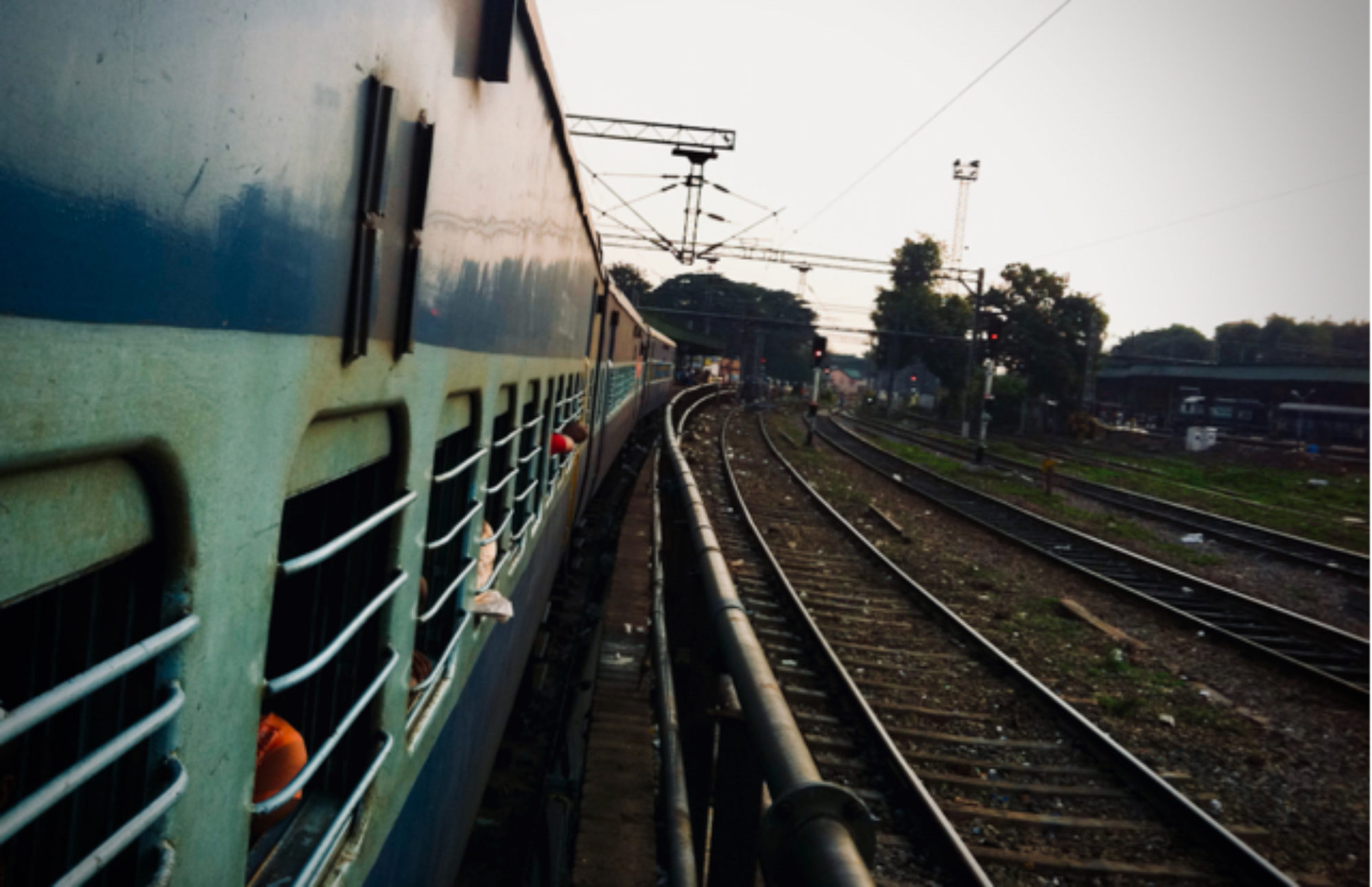The food and agriculture industry, from big to small, from the US to Africa, will undergo a new wave of technology adoption in the next 5-10 years. The core theme driving this adoption is the need for food security and food safety.
“Agricultural Technologies Could Increase Global Crop Yields as Much as 67 Percent and Cut Food Prices Nearly in Half by 2050” by International Food Policy Research Institute
The world’s population is set to continue on its path of torrid growth, potentially reaching 9 billion people by 2050. This growth combined with the effects of global climate change on agriculture means that the demand for food will be at an all-time high in coming years. The International Food Policy Research Institute has developed a one of a kind data model to identify the agricultural technologies that can make the biggest difference in reducing food prices and eliminating food insecurity in developing nations, the area sure to be most affected by the rapid population increase. If the world demand for food is to be met, it will take much more than simply identifying which technologies are most effective in improving agricultural productivity. Sound business models, smart funding, and user engagement will be critical to ensure widespread education and adoption of technologies that promote farmer efficiency and sustainability.
“Africa: Farmers Who Adopt Technologies Can Grow More, Researchers Say” by Kathryn McConnell on AllAfrica
With an increasing demand for food production sure to continue in the future, agricultural technologies will play a vital role in the best practices of farmers and growers throughout the world. What most people are not aware of, however, is that the use of current practices in the future would actually lead to a decrease in production of key crops such as maize, wheat and rice. Advancements and adoption in agricultural technology will therefore need to cover this decrease, caused by outside factors such as climate change, and also address the larger issue of an ever increasing world population. Improved technologies will also be beneficial in reducing agriculture’s impact on the environment. An ideal scenario would put farmers in a position to practice efficient and sustainable farming at a level that would match the high world demand for food production.
“Why We Hate ‘Big Food’ (And What Big Food Can Do About It)” by Charlie Arnot on The Huffington Post
There are lots of reasons to mistrust government institutions and big corporations. The food system has dramatically changed over the last 50 years, and unfortunately not always for the better. Some of the changes have been necessary, borne out of the decreasing pool of labor willing to work on farms, and we’ll continue to see this pool decreasing at the worldwide level. While some technological advancements and trends in “Big Food” have ensured we grow our levels of production with limited resources, others like food processing and animal fattening have jeopardized consumer trust as Arnot points out in the Huffington Post. To change the perception, “Big Food” needs to embrace innovation in traceability, transparency, and precision agriculture.
- Learn about what we do.
- Follow us on Twitter.
- Like us on Facebook.
- Join us on LinkedIn.
- Add us on Google+.
- Sign up for our mailing list.
- Catch up on past Weekly Reviews.
- Fundraising for a mobile tech, alternative energy, or ag tech startup? Apply.
